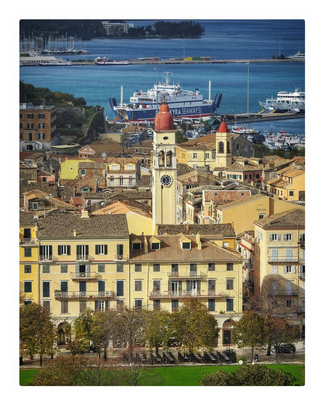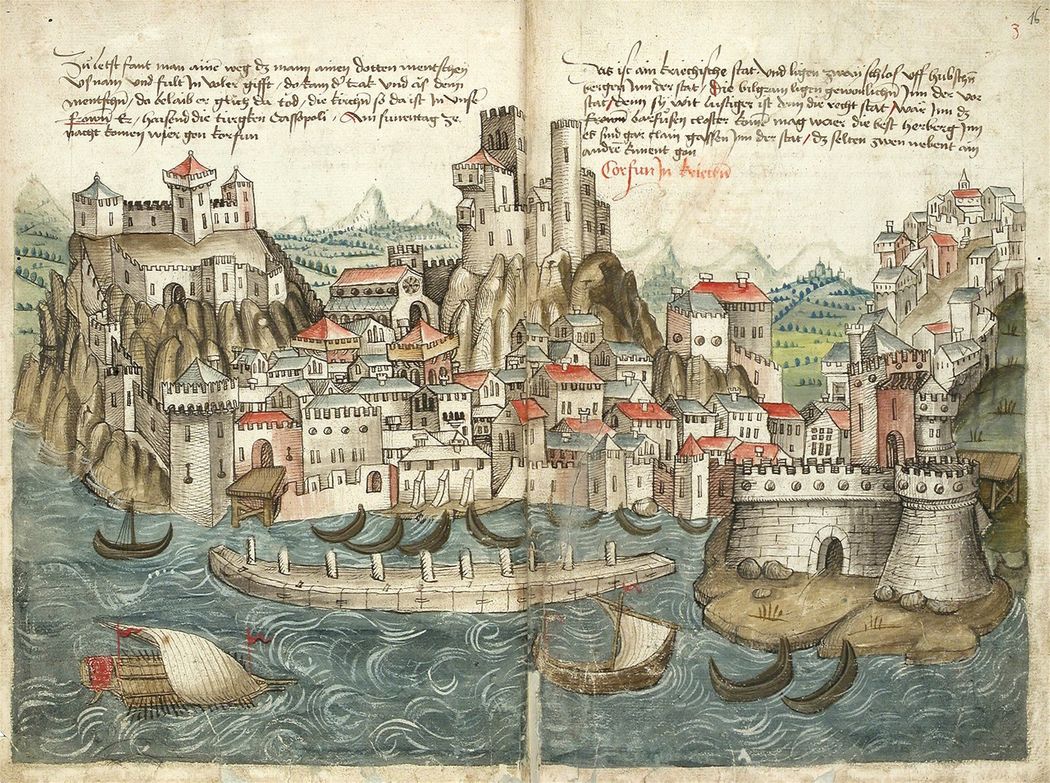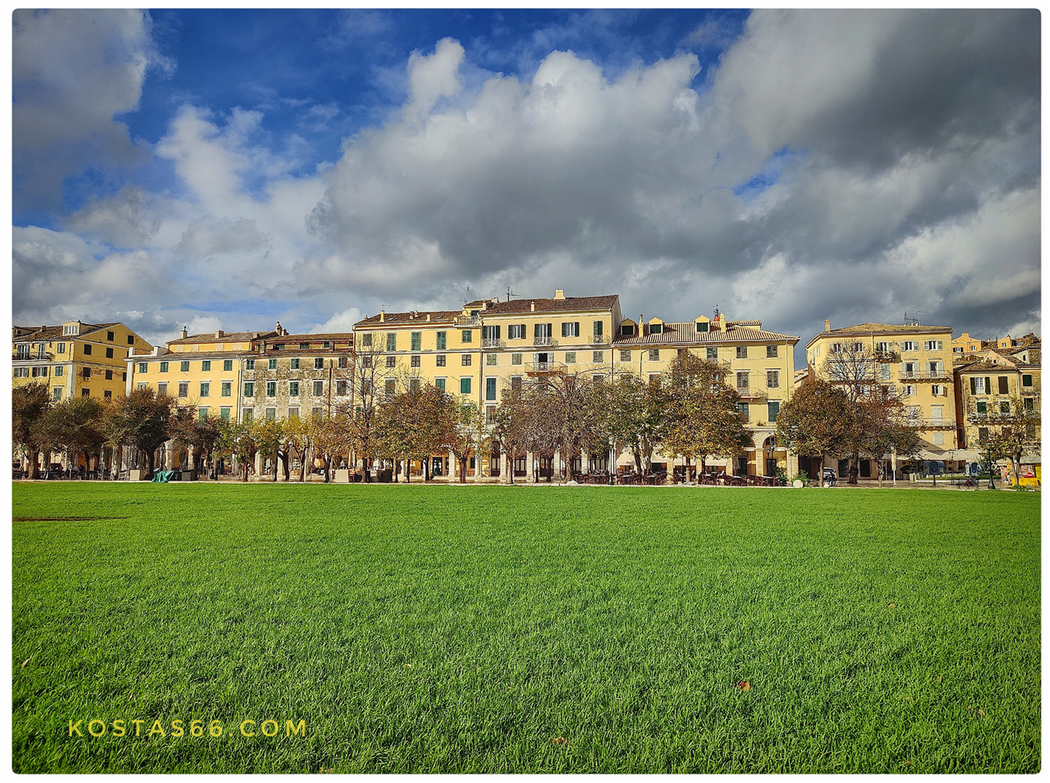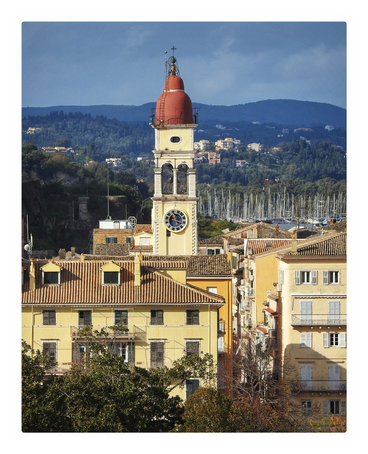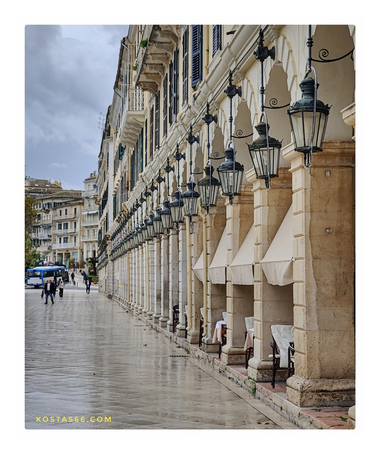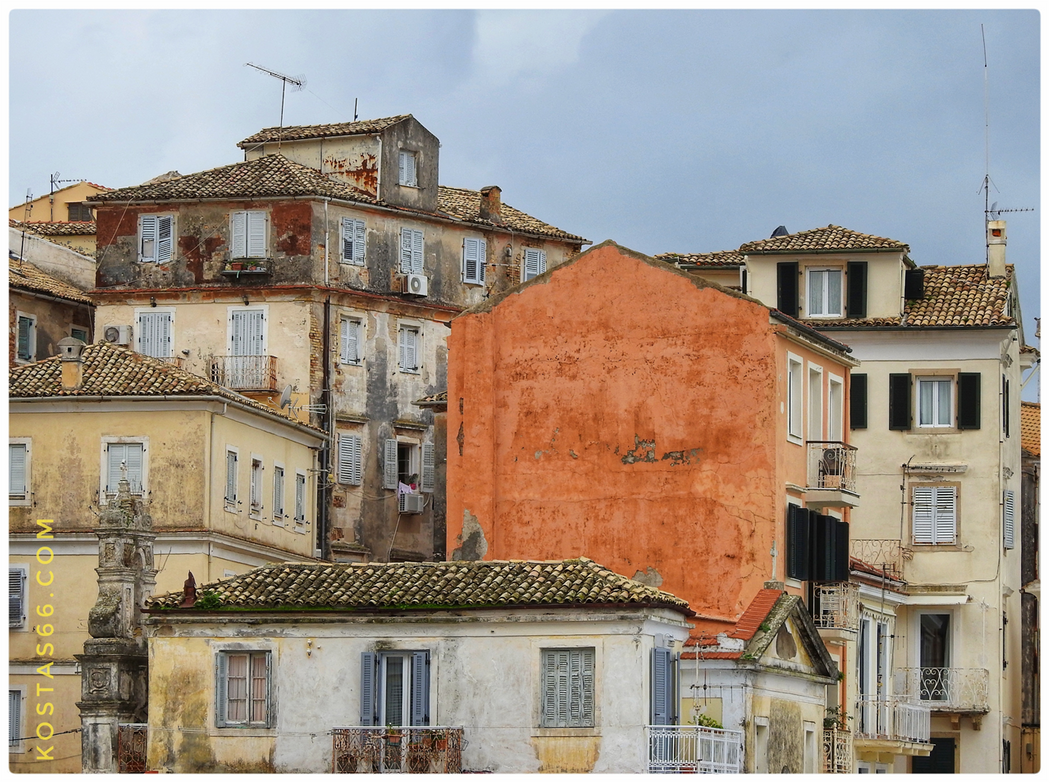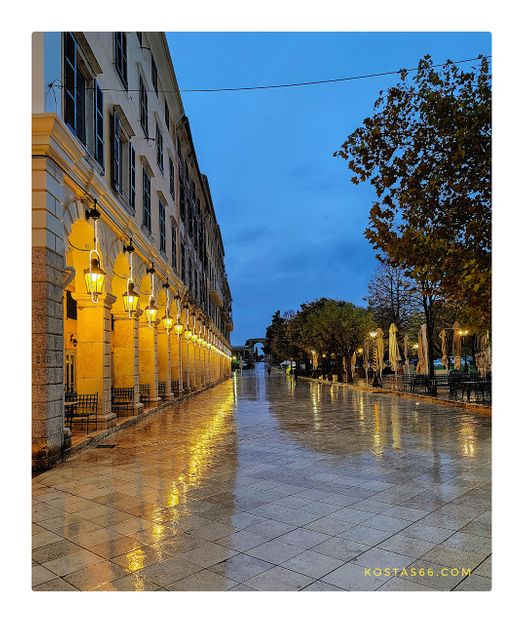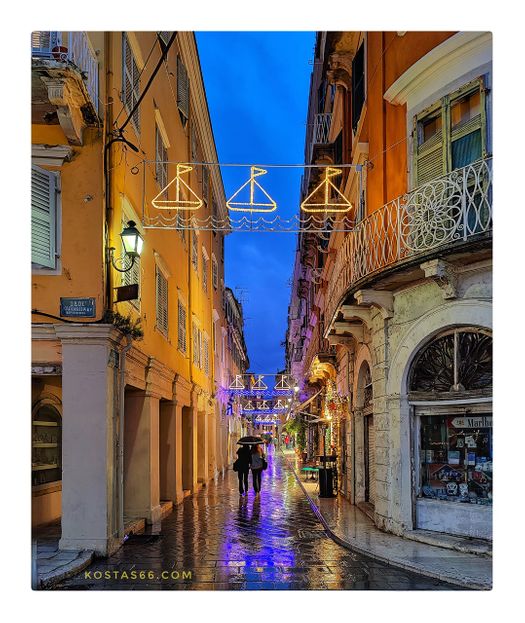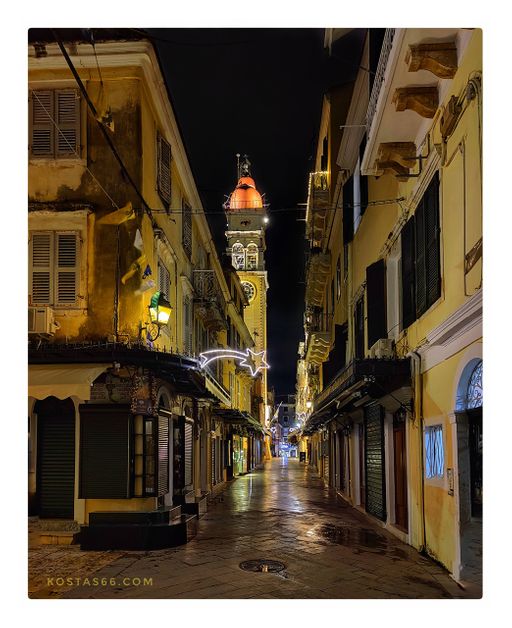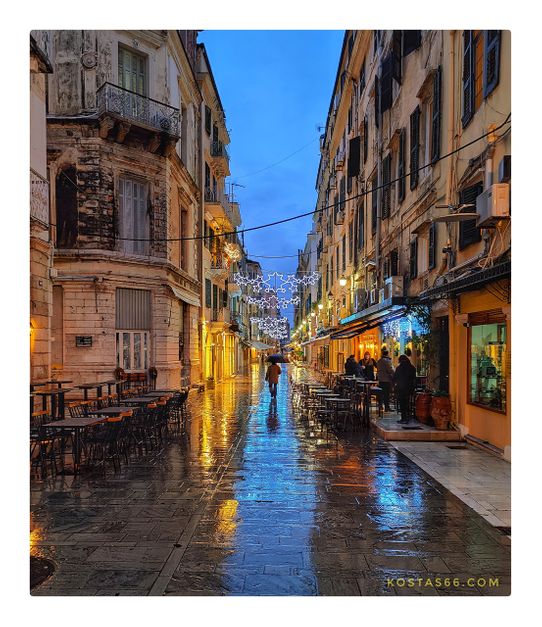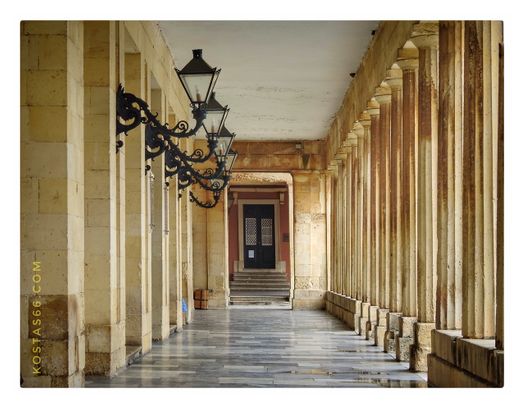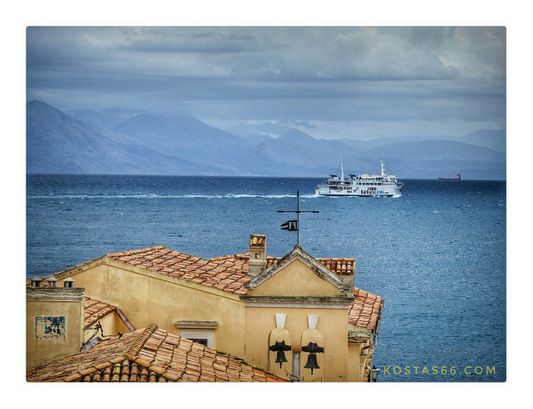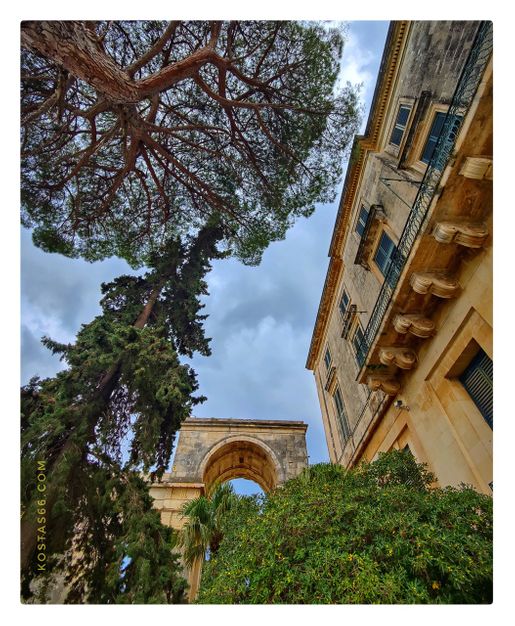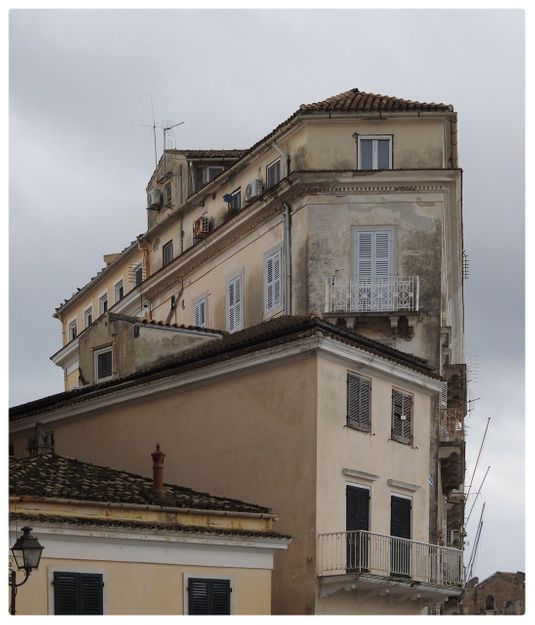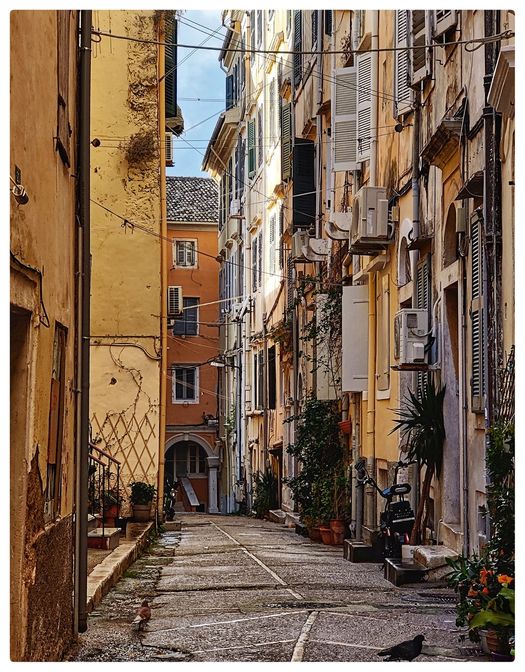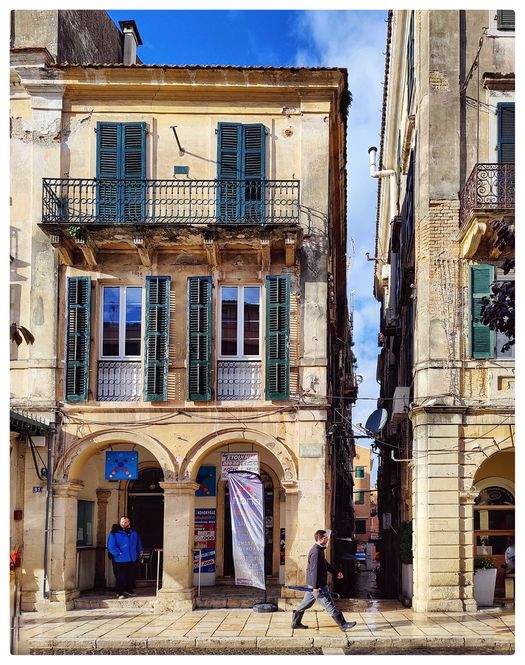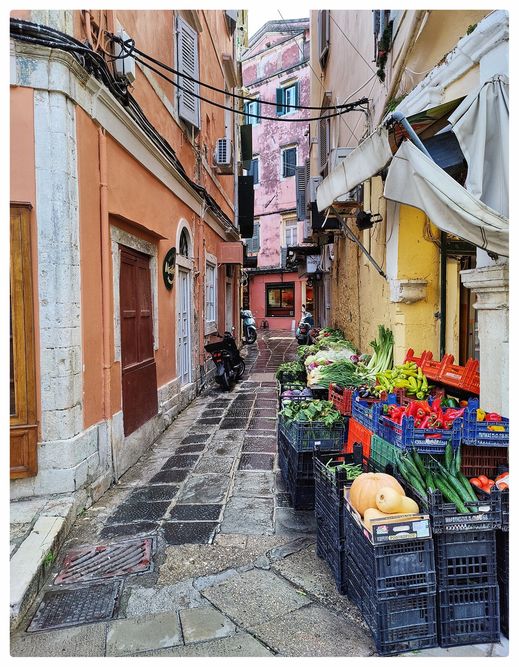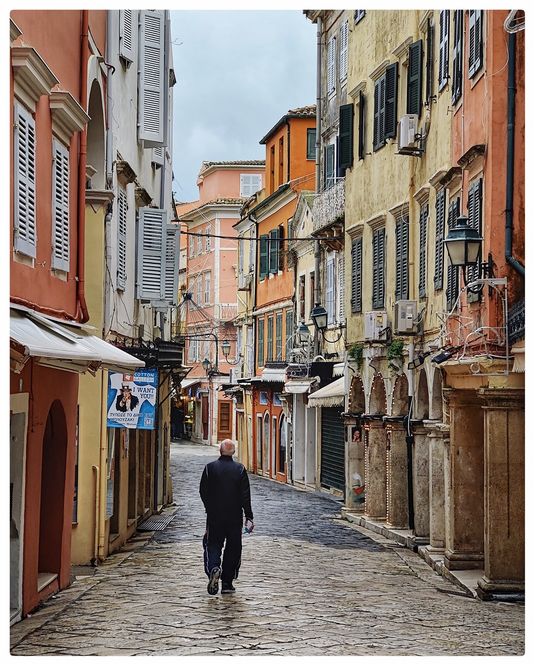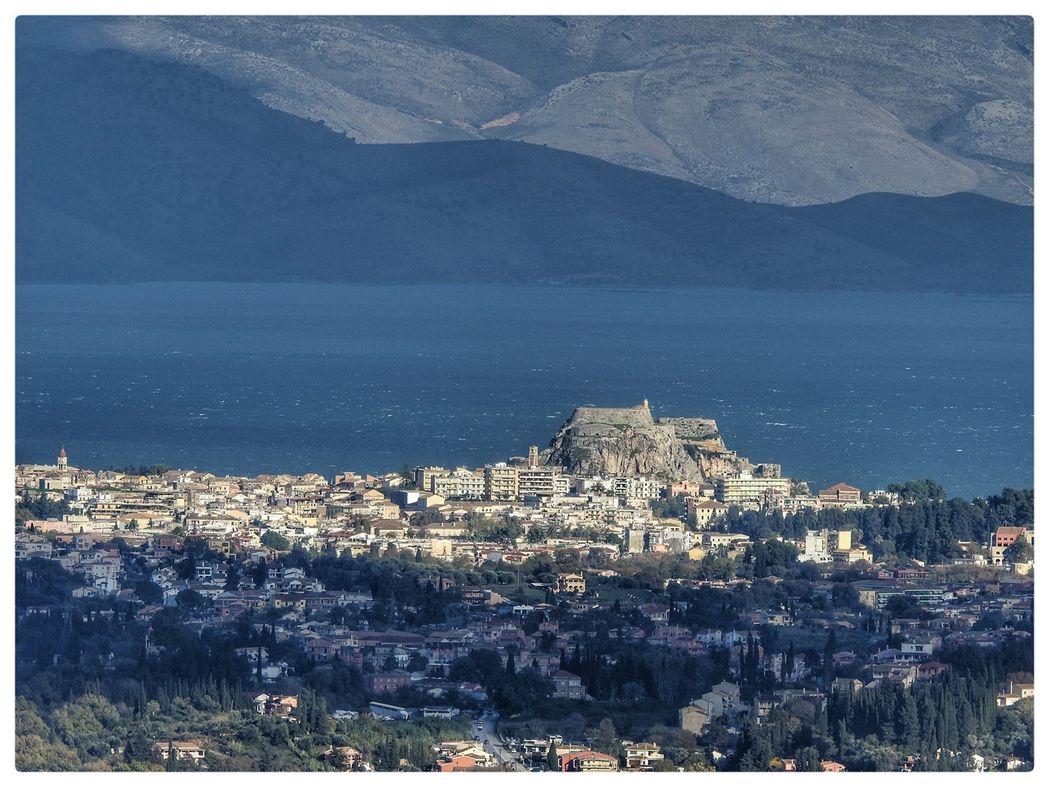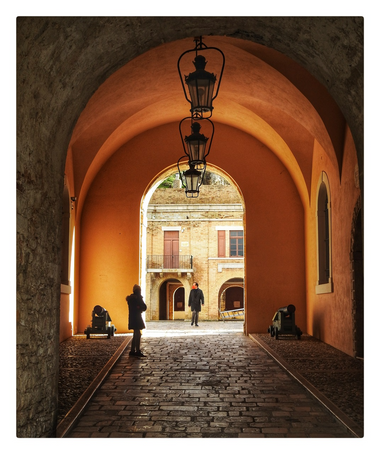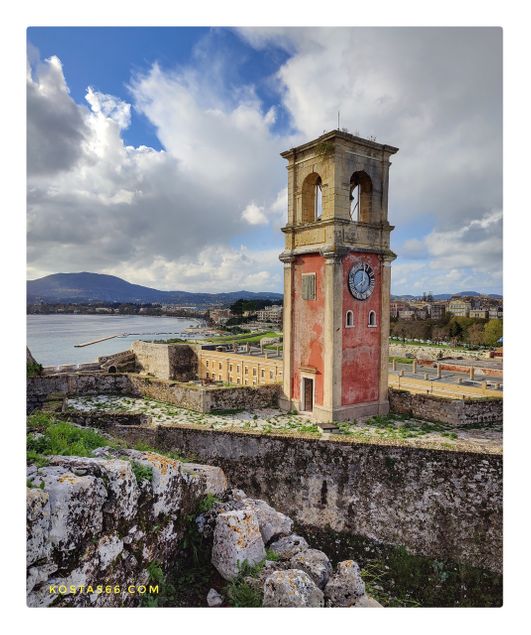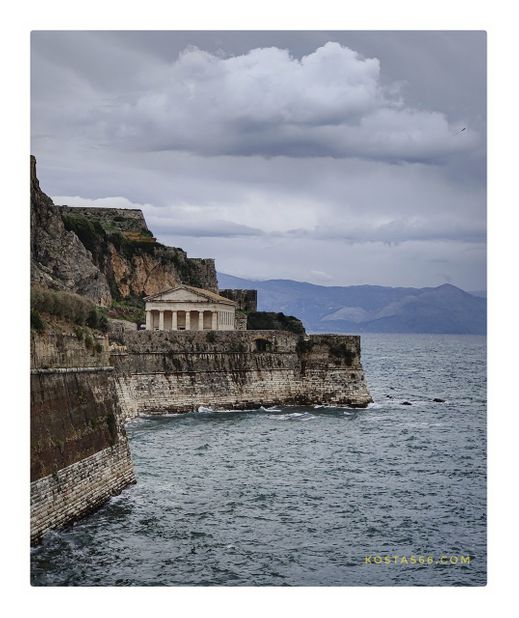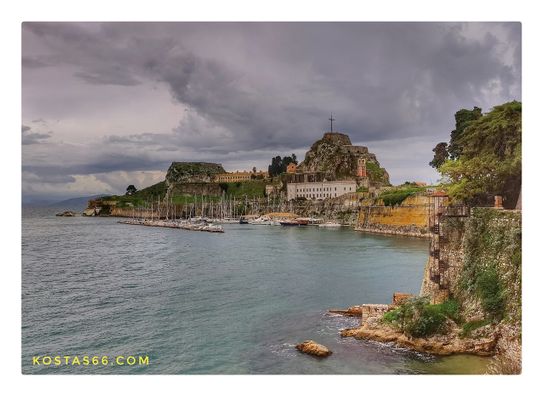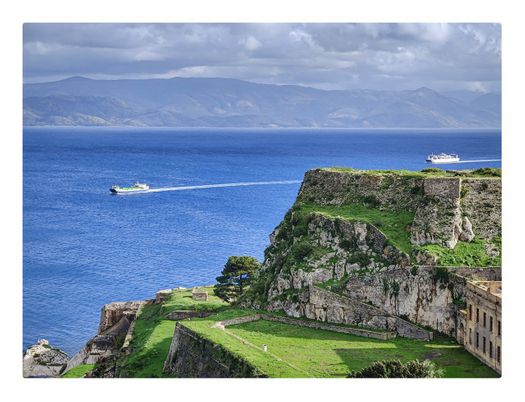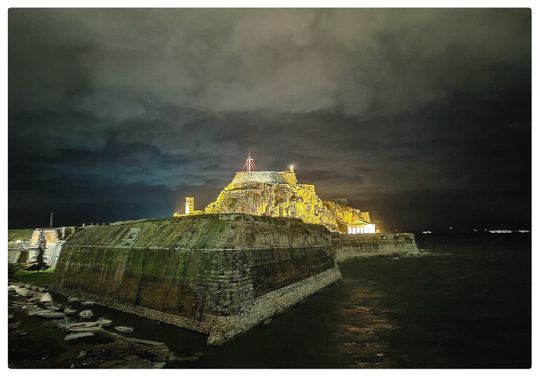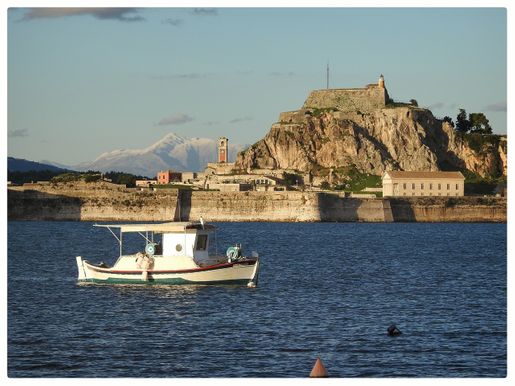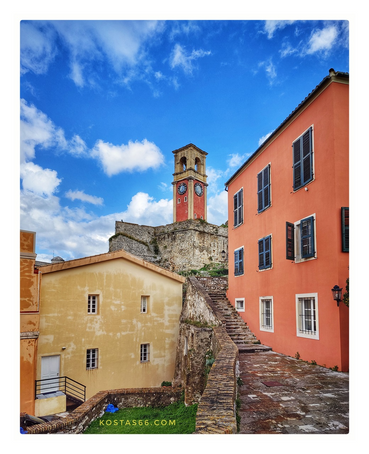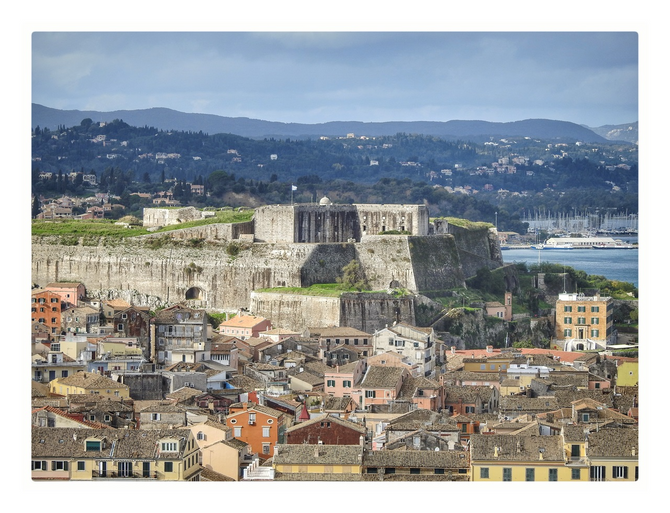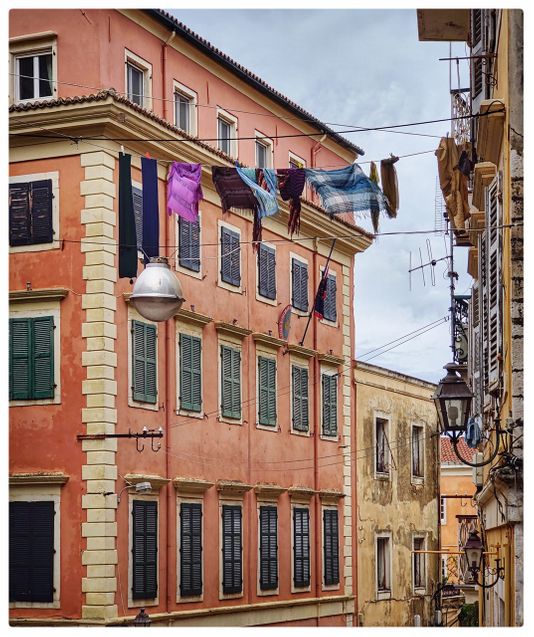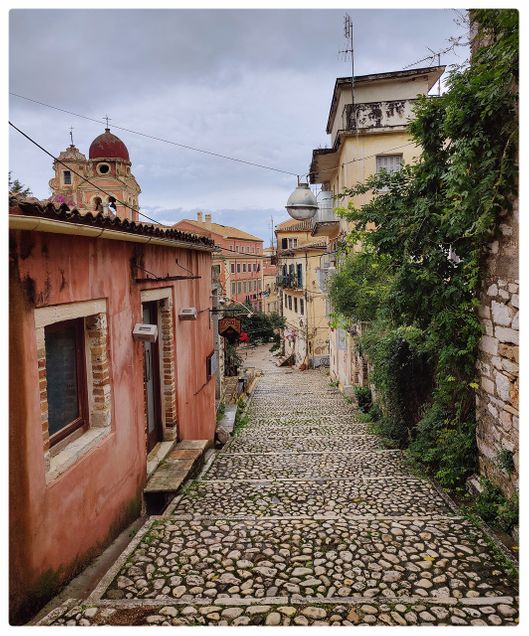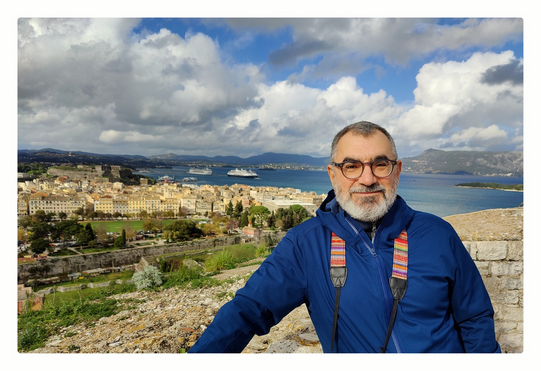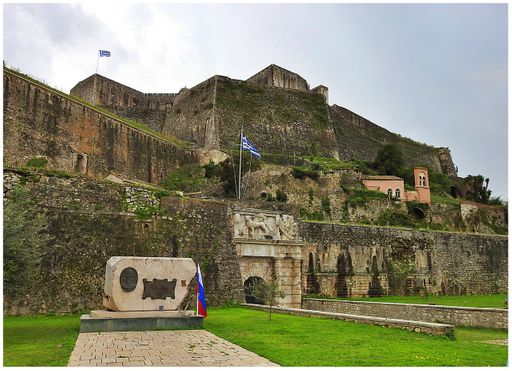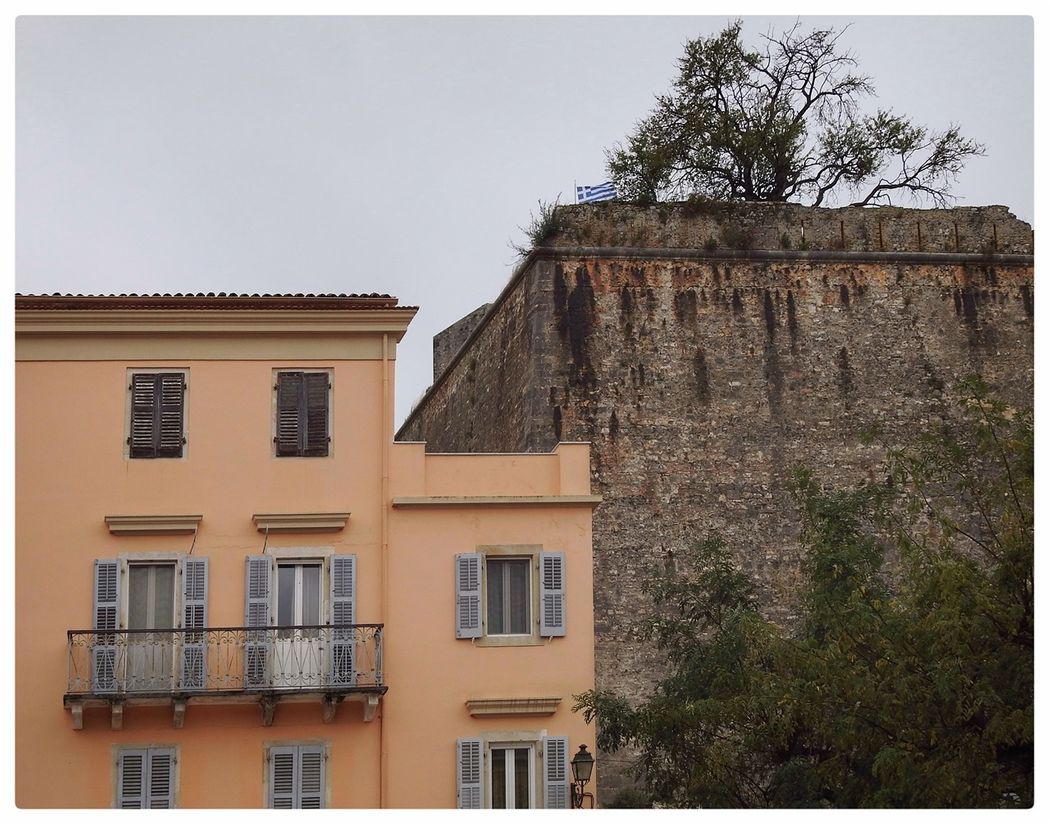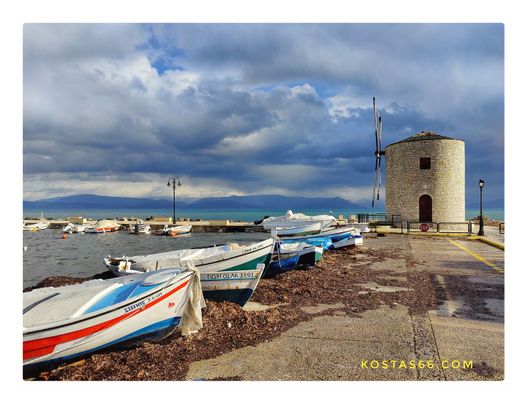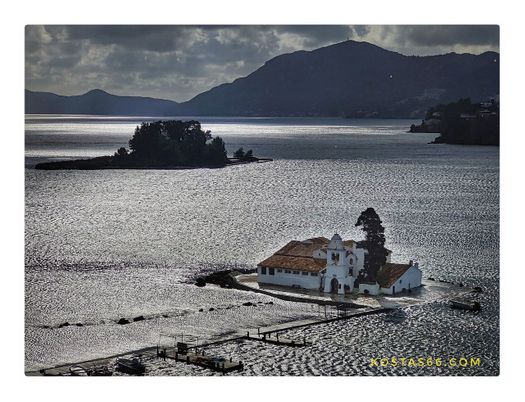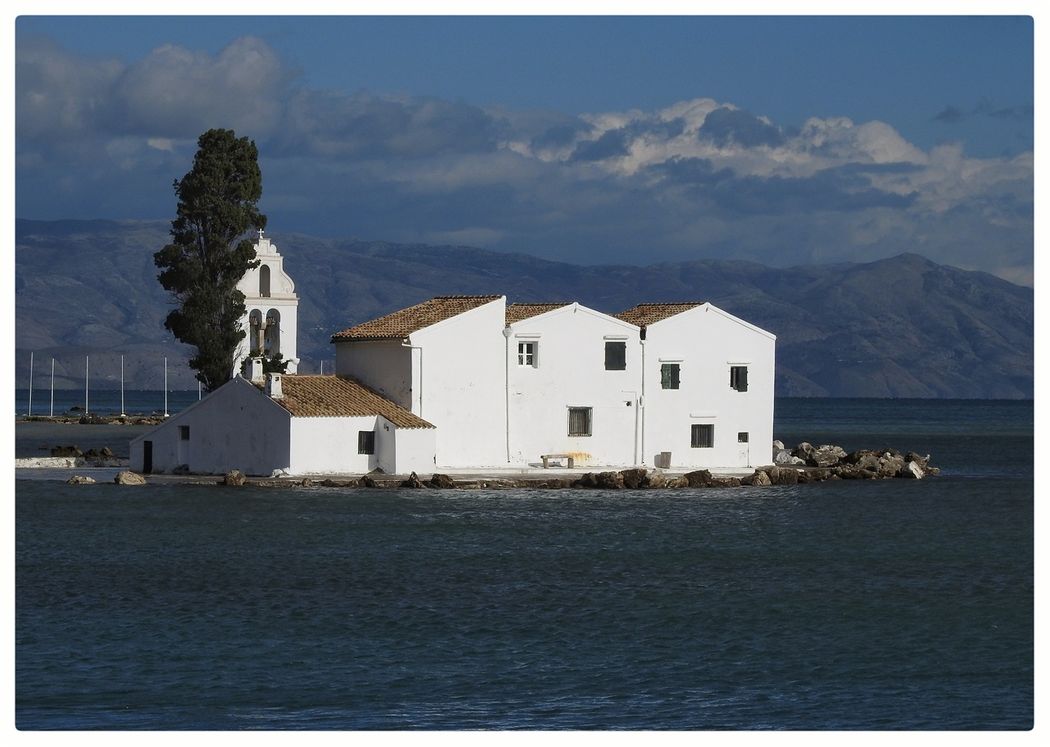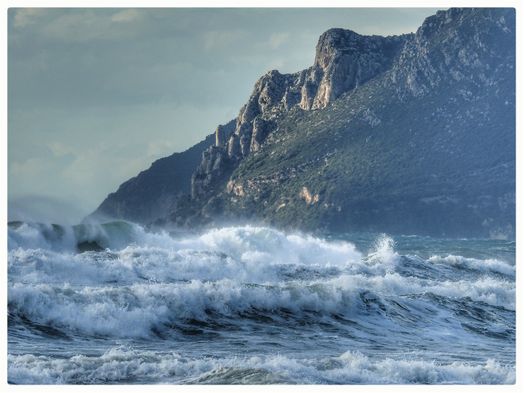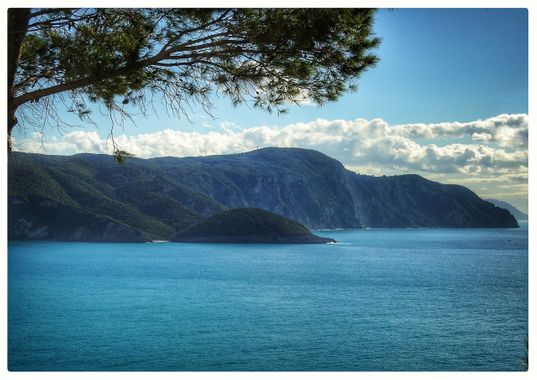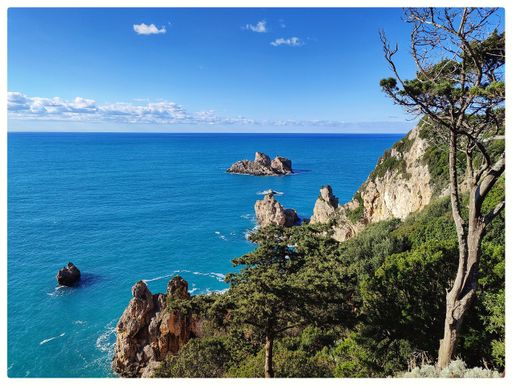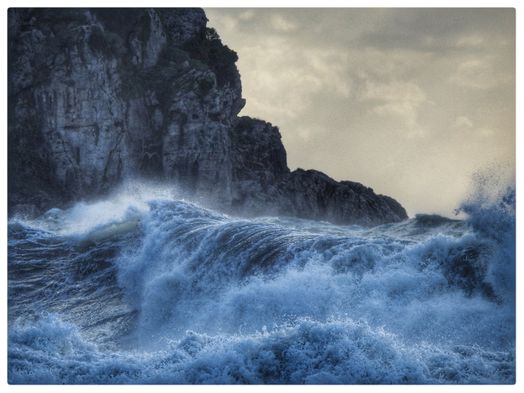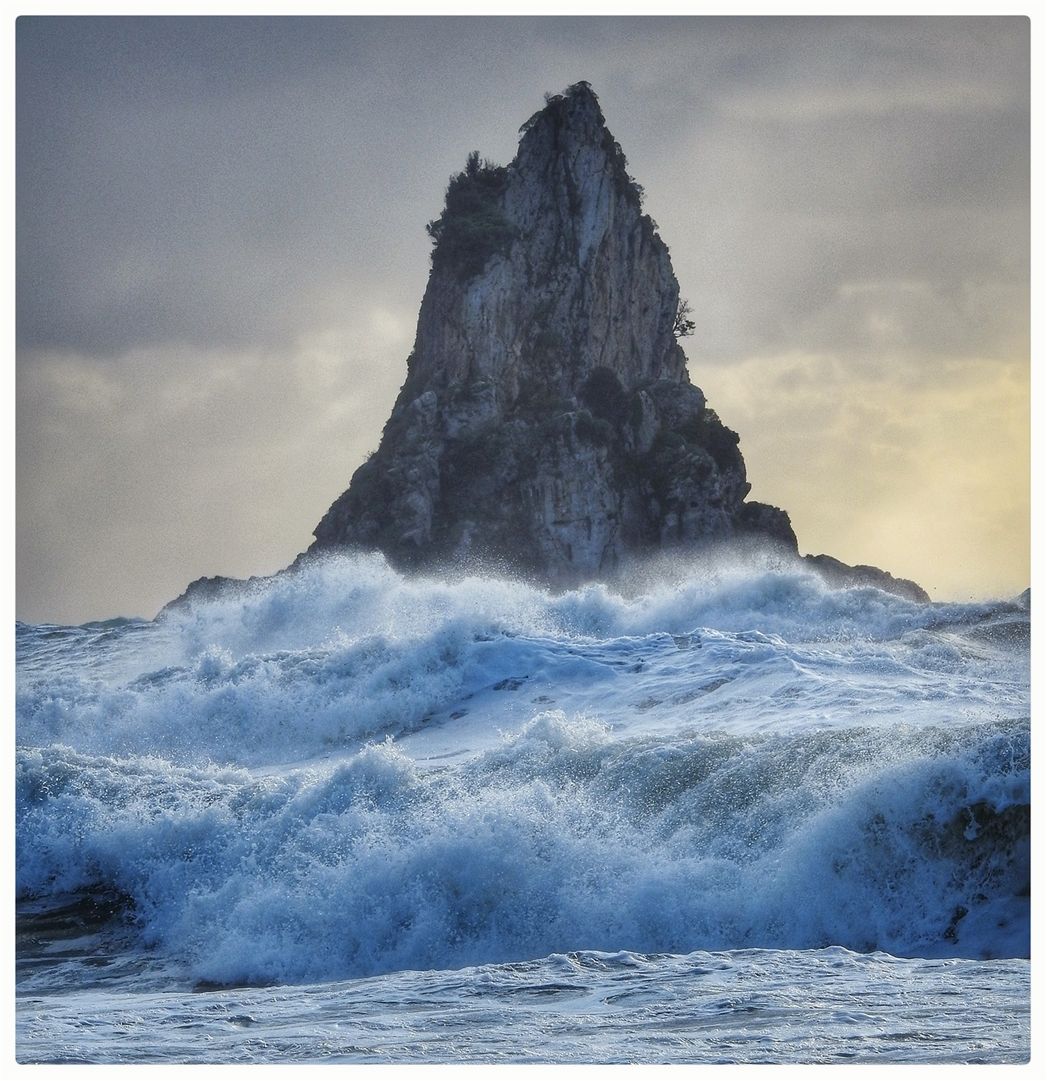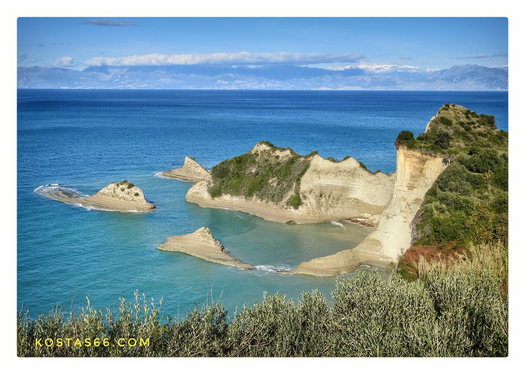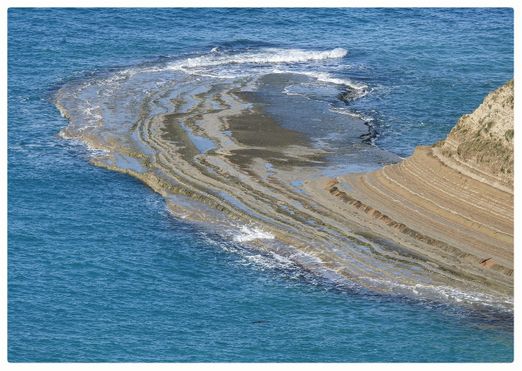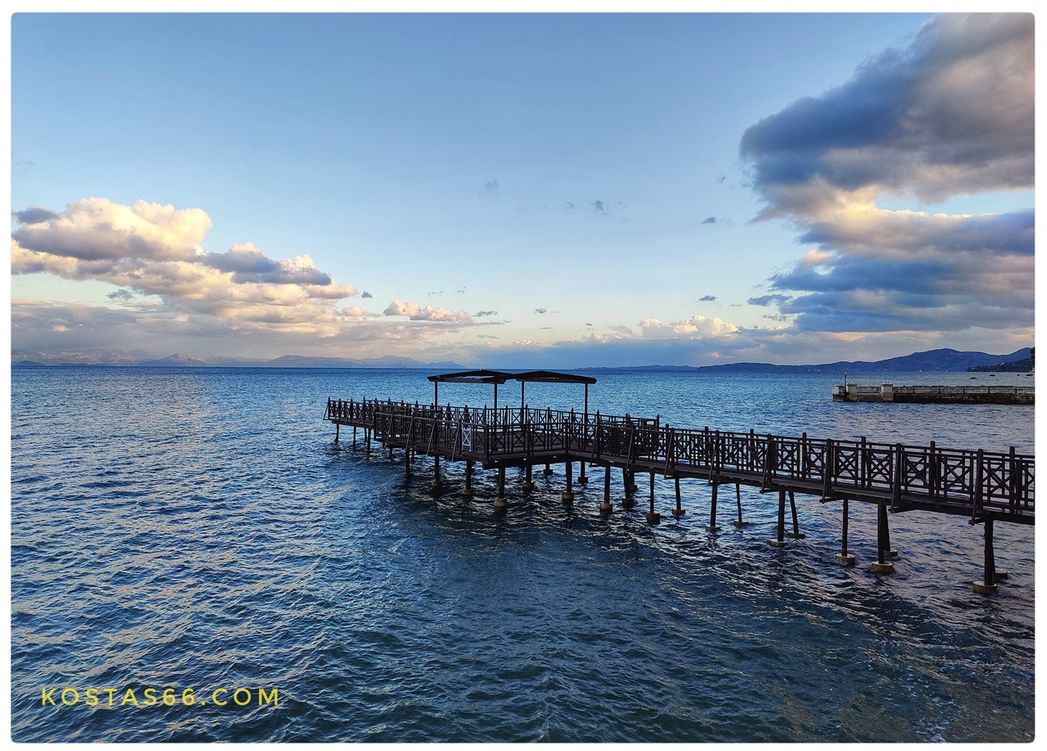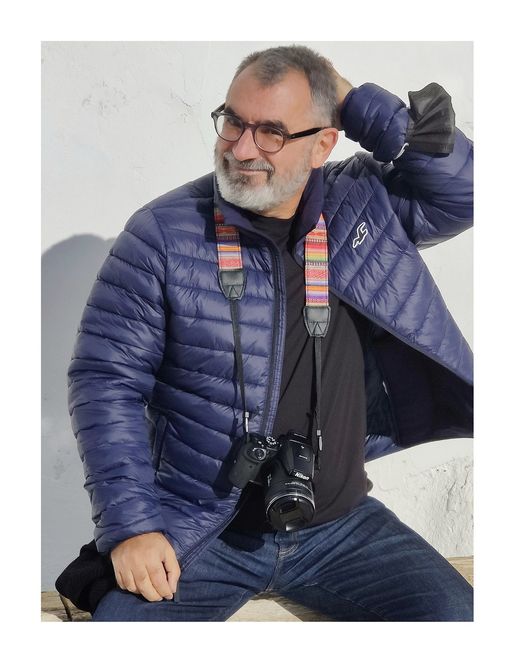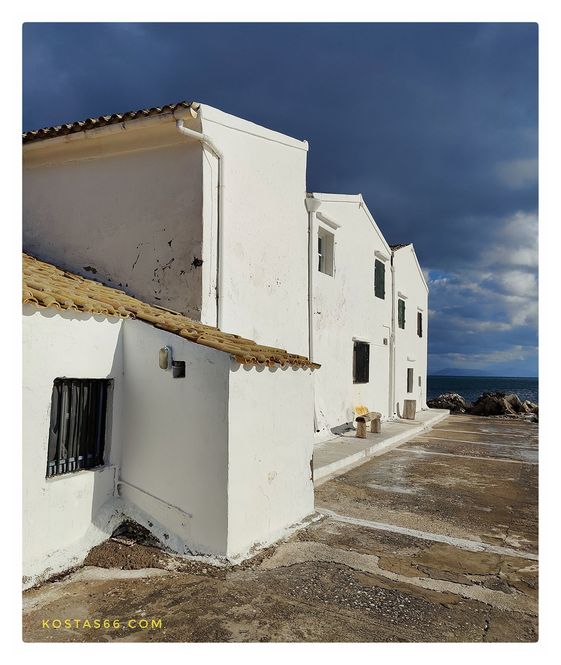The Old Town of
Corfu (Kerkyra)
in pictures
The Old Town of Corfu, on the Island of Corfu (Kerkyra-Κέρκυρα) off the western coasts of Albania and Greece, is located in a strategic position at the entrance of the Adriatic Sea and has its roots in the 8th century BC. The three forts of the town, designed by renowned Venetian engineers, were used for four centuries to defend the maritime trading interests of the Republic of Venice against the Ottoman Empire. Over time, the forts were repaired and partly rebuilt several times, more recently under British rule in the 19th century. The mainly neoclassical housing stock of the Old Town is partly from the Venetian period, and partly from later construction, notably from the 19th century. Corfu’s urban and port ensemble is notable for its high integrity and authenticity as a fortified Mediterranean port.
In 2007, the old town of Corfu was inscribed on the UNESCO World Heritage List. It is a fascinating town, unique in Greece. The beauty of it is indescribable, so on this page, I let pictures talk by themselves.
A brief History of Corfu
The ancient city of Corfu, known as Korkyra, took part in the Battle of Sybota, a catalyst for the Peloponnesian War. According to Thucydides, the largest naval battle between Greek city-states until that time. Thucydides also reports that Korkyra was one of the three great naval powers of fifth-century BC Greece, along with Athens and Corinth. The city has become known since the Middle Ages as Kastropolis (Castle City) because of its two castles. Medieval castles punctuating strategic locations across the city are a legacy of struggles in the Middle Ages against invasions by pirates and the Ottomans.
The Old Town of Corfu has apparent Venetian influence. From 1386 to 1797, Corfu was ruled by Venetian nobility; much of the city reflects this era when the island belonged to the Republic of Venice, with multi-storied buildings on narrow lanes. The city was subjected to four notable sieges in 1537, 1571, 1573, and 1716, in which the strength of the city defenses asserted itself time after time, mainly because of the effectiveness of the mighty Venetian fortifications. Will Durant claimed that Corfu owed the Republic of Venice the fact that it was the only part of Greece never conquered by the Ottomans.
By the 1797 Treaty of Campo Formio, Corfu was ceded to the French, who occupied it for two years until they were expelled by a joint Russian-Ottoman squadron under Admiral Ushakov. For a short time, it became the capital of a self-governing federation of the Heptanesos ("Seven Islands") under Ottoman suzerainty; in 1807, after the Treaty of Tilsit, its faction-ridden government was again replaced by a French administration under governor François-Xavier Donzelot, and in 1809 it was besieged in vain by a British Royal Navy fleet, which had captured all the other Ionian islands.
Following Napoleon's final defeat at the Battle of Waterloo, the Ionian Islands became a protectorate of the United Kingdom by the Treaty of Paris of 5 November 1815 as the United States of the Ionian Islands. Corfu became the seat of the British Lord High Commissioner of the Ionian Islands. The period of British rule led to investment in new roads, an improved water supply system, and the expansion of the Ionian Academy into a university. During this period, the Greek language became official.
Following a referendum, the Second National Assembly of the Greeks at Athens elected a new king, Prince Wilhelm (William) of Denmark. He took the name George I and brought the Ionian Islands as a coronation gift from Britain. On 29 March 1864, the United Kingdom, Greece, France, and Russia signed the Treaty of London, pledging the transfer of sovereignty to Greece upon ratification. Thus, on 21 May, the Ionian Islands were united with Greece by the proclamation of the Lord High Commissioner.
The old citadel
The old citadel (in Greek Palaio Frourio - Παλαιό Φρούριο) is an old Venetian fortress built on an artificial islet with fortifications surrounding its entire perimeter. However, some sections, particularly on the east side, slowly eroded and fell into the sea. Nonetheless, the interior has been restored and is in use for cultural events, such as concerts (συναυλίες) and Sound and Light Productions (Ηχος και Φως), when historical events are recreated using sound and light special effects. These events occur amidst the ancient fortifications, with the Ionian sea in the background. The central high point of the citadel rises like a giant natural obelisk complete with a military observation post at the top, with a giant cross at its apex; at the foot of the observatory lies St. George's church, in a classical style punctuated by six Doric columns, as opposed to the Byzantine architectural style of the more significant part of Greek Orthodox churches.
The new citadel
The New Citadel or Neo Frourio (Νέο Φρούριο, "New Fortress") is a vast Venetian complex of fortifications built in stages dominating the northeastern part of the city. The current buildings exist within the fortress built by the British during their rule of the island (1815–63). The vast walls of the fortress loom over the landscape as one travels from Neo Limani (Νέο Λιμάνι, "New Port") to the city, taking the road that passes through the fishmarket (ψαραγορά). The new citadel was, until recently a restricted area due to the presence of a naval garrison. Still, old restrictions have been lifted, and it is now open to the public, with tours possible through the maze of corridors and fortifications. The winged Lion of St Mark, the symbol of Venice, can be seen regularly adorning the fortifications.
Beyond the Old Town

